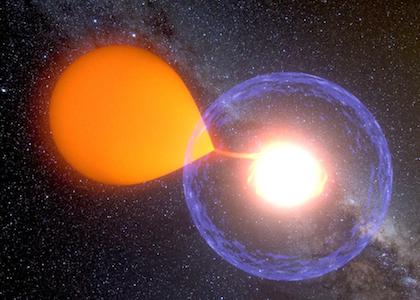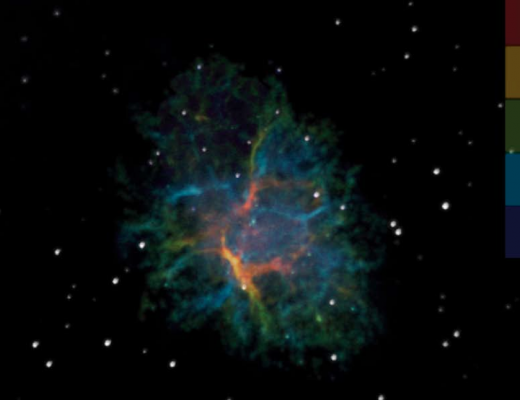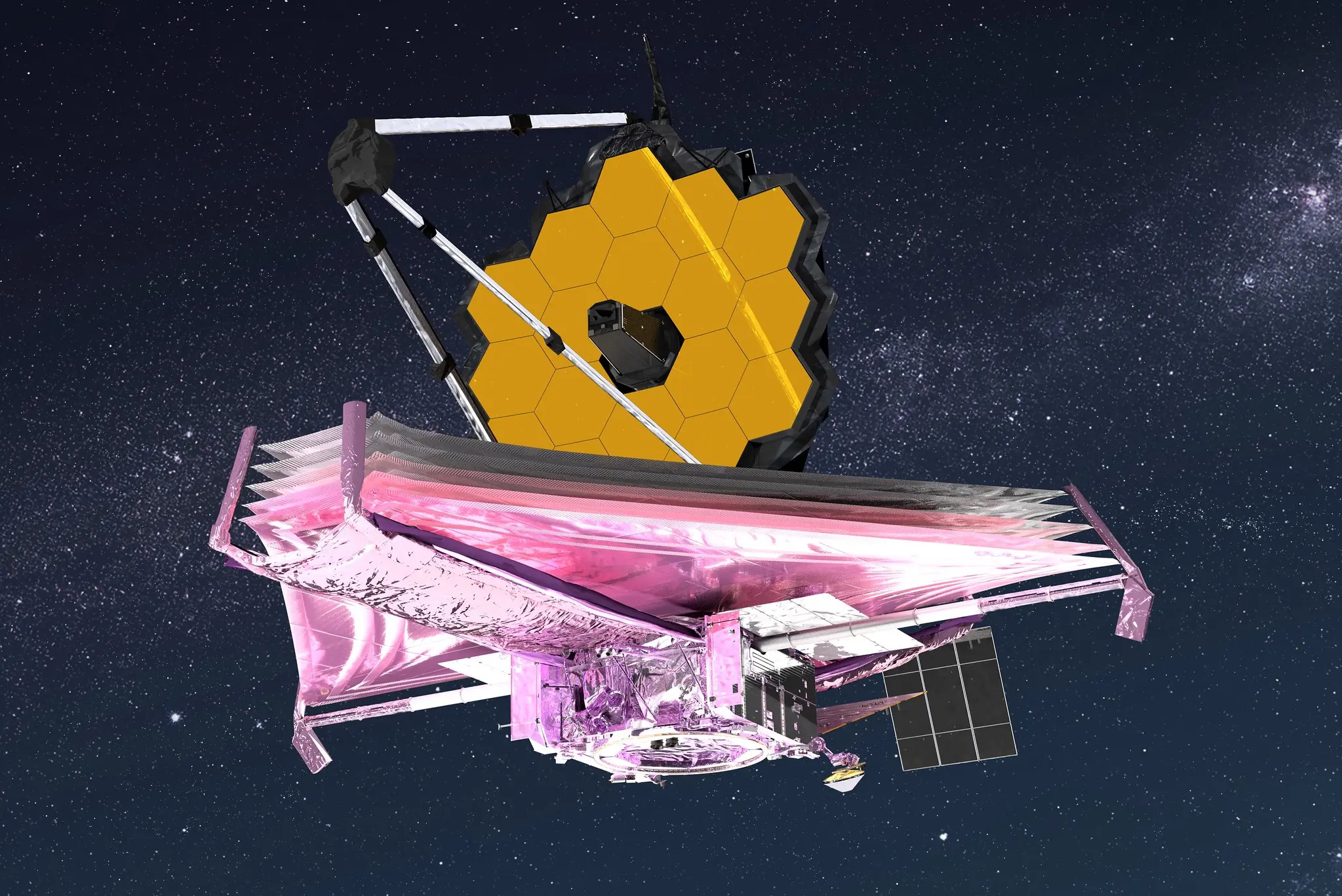A Mysterious Star

Researchers link an enigmatic star that suddenly appeared in the 17th century to the thermonuclear eruption of a dwarf nova
Text by Jean Hamann, Université Laval
The Korean encyclopedia Chungbo Munhon Pigo describes a strange celestial phenomenon that occurred in the 17th century. In the winter of 1645, astronomers scanning the sky with the naked eye reported the sudden appearance of a very bright star in the constellation Cancer. The exact identity of this “guest star” has remained an enigma ever since, but thanks to the SITELLE astronomical observation instrument, an international team including researchers from Université Laval has spotted a suspect. It is the dwarf nova AT Cancri, located in the same region of the sky as the star observed by the Korean astronomers, whose brightness literally exploded following an eruption at the same time, the researchers report in a recent issue of Monthly Notices of the Royal Astronomical Society. Even if this is not formal proof, the coincidence is nonetheless intriguing, and the case of this dwarf nova brings new elements concerning the eruptions occurring in this type of star.
Dwarf novas are celestial objects whose brightness can vary by a factor of 100 in the space of a few hours. “They are actually a pair of closely spaced stars orbiting a common center of gravity,” explains one of the study’s authors, Laurent Drissen, from the Department of Physics, Engineering Physics and Optics. One of the stars, often a red dwarf, transfers matter to its companion, an extremely dense inert star called a white dwarf. This material accumulates in a disk around the white dwarf until periodic instabilities in this disk cause a massive spill of material onto the star’s surface, resulting in the luminosity fluctuations typical of dwarf novas.”
However, these fluctuations are not large enough to produce a phenomenon like the one observed in 1645. Instead, the matter that accumulates over the centuries on the surface of the white dwarf gradually heats up, until a thermonuclear eruption ignites the star’s outer layers, giving rise to a sudden increase in brightness. “This is the classic nova phenomenon, and it’s very likely what the Korean astronomers observed. The thermonuclear eruption expels part of the outer layers of the white dwarf at high speed, which are then enclosed in a shell surrounding the nova,” explains Professor Drissen. If such a phenomenon has occurred on AT Cancri, we can determine the time of the eruption from the distance traveled by the ejected material and the speed at which this material is moving, a bit like replaying the film of the explosion in reverse.”
This is what researchers have done with the SITELLE imaging spectrometer. The fruit of a long collaboration between Professor Drissen’s team and ABB, this instrument was installed at the Canada-France-Hawaii Telescope (CFHT) in August 2015 and has been operational since January 2016. The data on AT Cancri, collected during SITELLE’s scientific verification phase, made it possible to establish the speed of movement of around a hundred clouds of condensed matter found in the shell, and to deduce that the eruption occurred around three and a half centuries ago, roughly coinciding with the star’s appearance in 1645. There are very few nova shells, and even fewer whose age can be measured,” stresses Laurent Drissen. After a few hundred years, the ejected matter cools and stops emitting radiation, so we can no longer study it.”
The AT Cancri study is authored by Michael Shara of the American Museum of Natural History, Richard Stephenson of Durham University in the UK, and Laurent Drissen, Thomas Martin and Alexandre Alarie of the Department of Physics, Engineering Physics and Optics. This is the second scientific paper to be published using data collected by SITELLE. Since its commissioning in January 2016, this imaging spectrometer has been used in 12 research projects. “Astrophysicists show a certain conservatism towards new observational instruments, but they are beginning to discover SITELLE’s potential. I believe there will be more users after the first papers on outer galaxies made with this instrument are published. Astronomers who have already used SITELLE are making new requests for observing time, which is a very good sign”, concludes Professor Drissen.
Thanks to SITELLE, researchers were able to measure the velocity of a hundred clouds of matter expelled by the white dwarf following a thermonuclear eruption some three and a half centuries ago. The animation shows that the explosion occurred asymmetrically between the star’s equator and poles. Speeds are expressed in kilometers per second, and a negative sign indicates that the cloud is approaching the observation point. Video: Alexandre Alarie.


